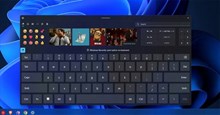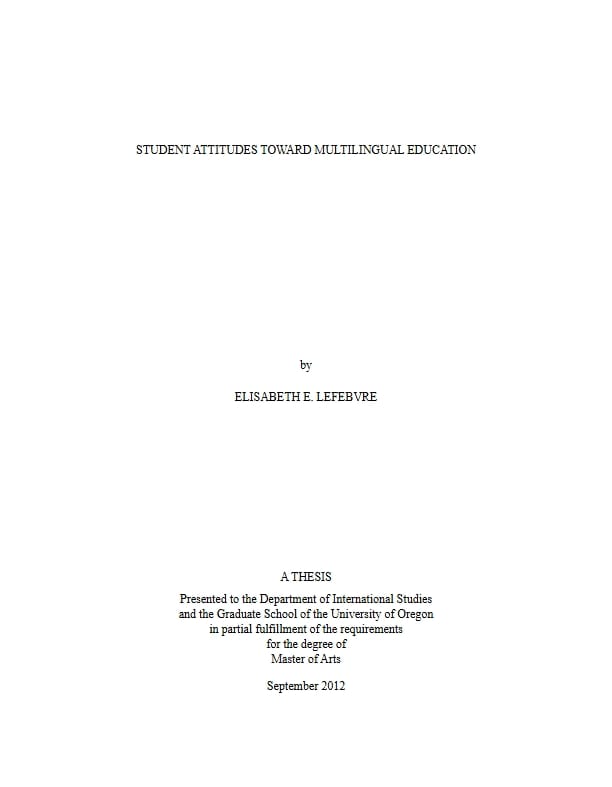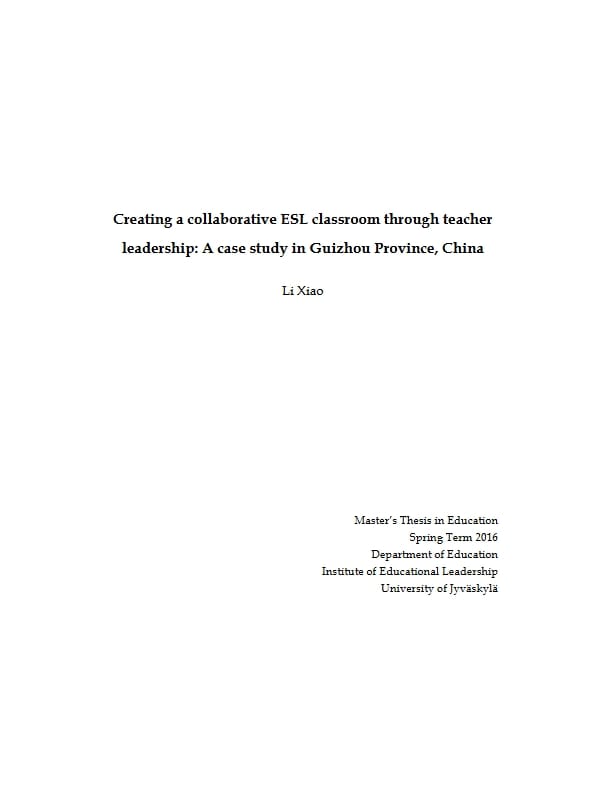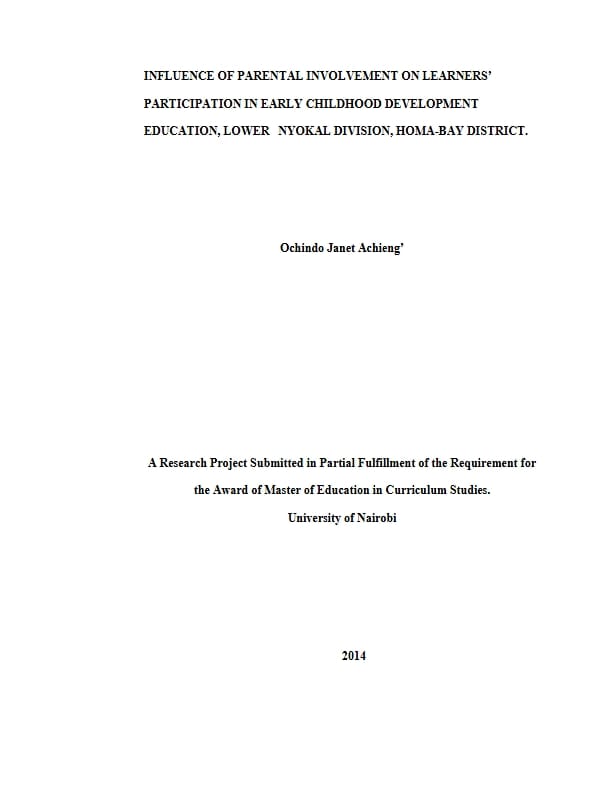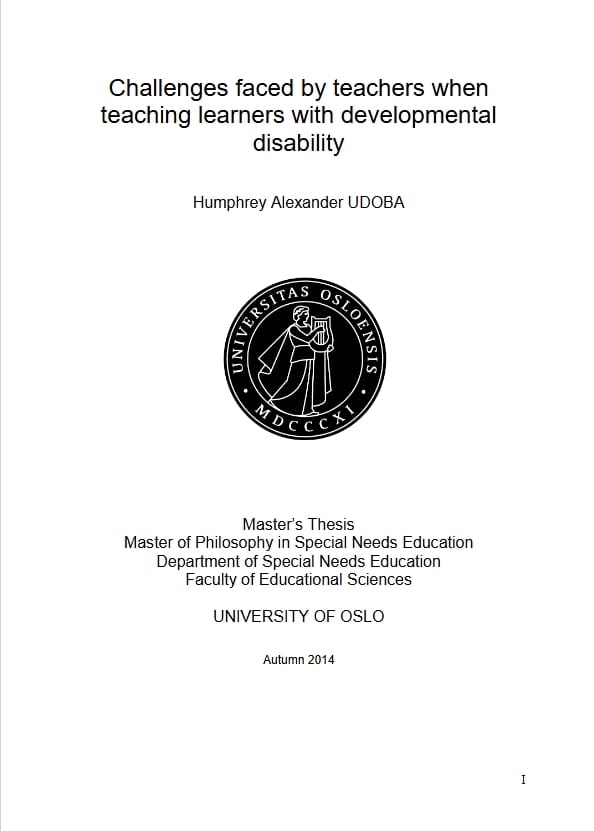TABLE OF CONTENTS
COVER PAGE………………………………………………………………………………i
DECLARATION…………………………………………………………………………….ii
FUNDING ACKNOLWEDGEMENTS……………………………………………………iii
ACKNOWLEDGEMENTS…………………………………………………………………iv
SUMMARY………………………………………………………………………………….v
LIST OF TABLES…………………………………………………………………………..x
LIST OF FIGURES…………………………………………………………………………xii
CHAPTER 1: OVERVIEW OF THE STUDY…………………………………………..…1
1.1 Introduction……………………………………………………………..……1
1.2 Background…………………………………………………………….…… 1
1.3 Motivation……………………………………………………………….……5
1.4 Theoretical framework…………………………………………….…………7
1.5 Methods……………………………………………………………………..11
1.6 Research ethics clearance………………………………………………..12
1.7 The structure of the study………………………………………………….13
1.8 Summary…………………………………………………………………….13
CHAPTER 2: ACADEMIC LANGUAGE FOR PRIMARY SCHOOL STUDENT
TEACHERS…………………………………………………………………………………14
2.1 Introduction…………………………………………………………….……14
2.2 Academic language proficiency……………………………………………15
2.3 Academic language proficiency and initial teacher education………….20
2.3.1 Entry into an academy…………………………………..……………………..21
2.4 Academic language for information extraction…………………………..28
2.5 Academic language for ‘getting things done at school’….………….…..30
2.6 Academic language requires explicit instruction…………………………31
2.7 Pedagogies for teaching academic language……………………………34
2.8 Core academic language skills, strategic reading, and CALP………….39
CHAPTER 3: RESEARCH DESIGN………………………………………………..…….40
3.1 Introduction……………………………………………………………..……40
3.2 Use of descriptive statistical analysis in the study………………………40
3.3 Criteria for rejecting or not rejecting the null hypothesis………………..42
3.4 Context of the study…………………………………………………………43
3.5 Choosing participants………………………………………………………44
3.6 Data generation: participants write the CALS test………………………45
3.7 The CALS-I……………………………………………………………….…47
3.7.1 How was CALS identified across content areas?…………………………………….48
3.7.2 How was the CALS-I developed?………………………………………………………….48
3.7.3 The purpose of the CALS-I……………………………………………………….49
3.7.4 CALS operational definition………………………………………………………49
3.7.5 Reliability and validity of the CALS-I…………………………………………….51
3.7.6 Piloting the CALS-I in South Africa………………………………………………52
3.7.7 Potential uses of the CALS-I……………………………………………………..52
CHAPTER 4: THE DATA OF THE STUDY………………………………………………54
4.1 Introduction……………………………………………………………..……54
4.2 Students’ academic language proficiency………………………………..56
4.2.1 Comparison across foundation phase cohorts on Campus A…………………57
4.2.2 Comparison across foundation phase cohorts on Campus B…………………59
4.2.3 Comparison across intermediate phase cohorts on Campus A……………….61
4.3 CALS test item analysis……………………………………………………62
4.4 Test for normality of CALS score distribution…………………………….67
4.5 Does academic language improve after three years?………………………75
4.6 Does English language order affect academic language proficiency?..80
4.7 Test for homogeneity of variances………………………………………..81
4.8 Post-hoc multiple comparisons……………………………………………82
CHAPTER 5: DISCUSSION AND CONCLUSION………………………………………86
5.1 Introduction……………………………………………………………..…..86
5.2 Discussion…………………………………………………………………..87
5.3 CALS test item difference………………………………………………….92
5.4 Conclusion: academic language is more than the sum of its words….100
5.5 Limitations of the study……………………………………………………….102
5.6 Implications and recommendations………………………………….….103
REFERENCE LIST…………………………………………………………………….…104
ADDENDUM A: CALS TEST
ADDENDUM B: ETHICS CLEARANCE
ADDENDUM C: CALS INSTRUCTION MANUAL
ADDENDUM D: CALS-I TASK DESCRIPTIONS
ADDENDUM E: CALS-I MEMORANDUM





